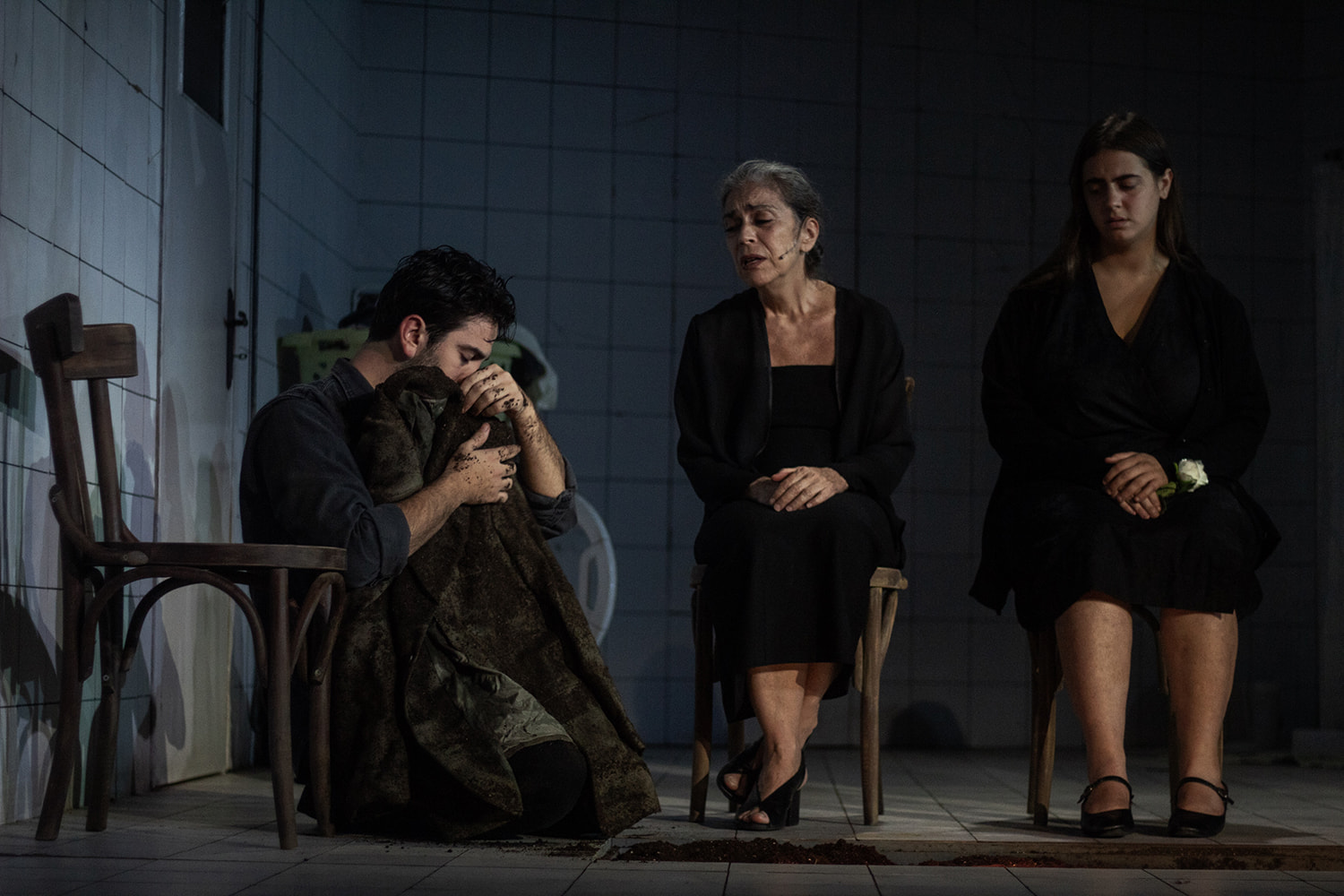
Mario Banushi: There are some feelings you can't convey with a lot of words
25-year-old Albanian-Greek theater director discusses how his work has been shaped by family history and Balkan folklore.
|06.12.2023
|
For me, as a director, it was important that I also share things.
But I do believe things are not so clean, not so easily put into boxes.

Natasha Tripney
Natasha Tripney is a writer and theater critic based in London. She is international editor at The Stage and co-founder of Exeunt, a digital theater review. She is a contributor to the Guardian, the Independent and Tortoise and has a particular interest in theater and performance of the Western Balkans.
This story was originally written in English.
Want to support our journalism? Join "HIVE" or consider a donation.